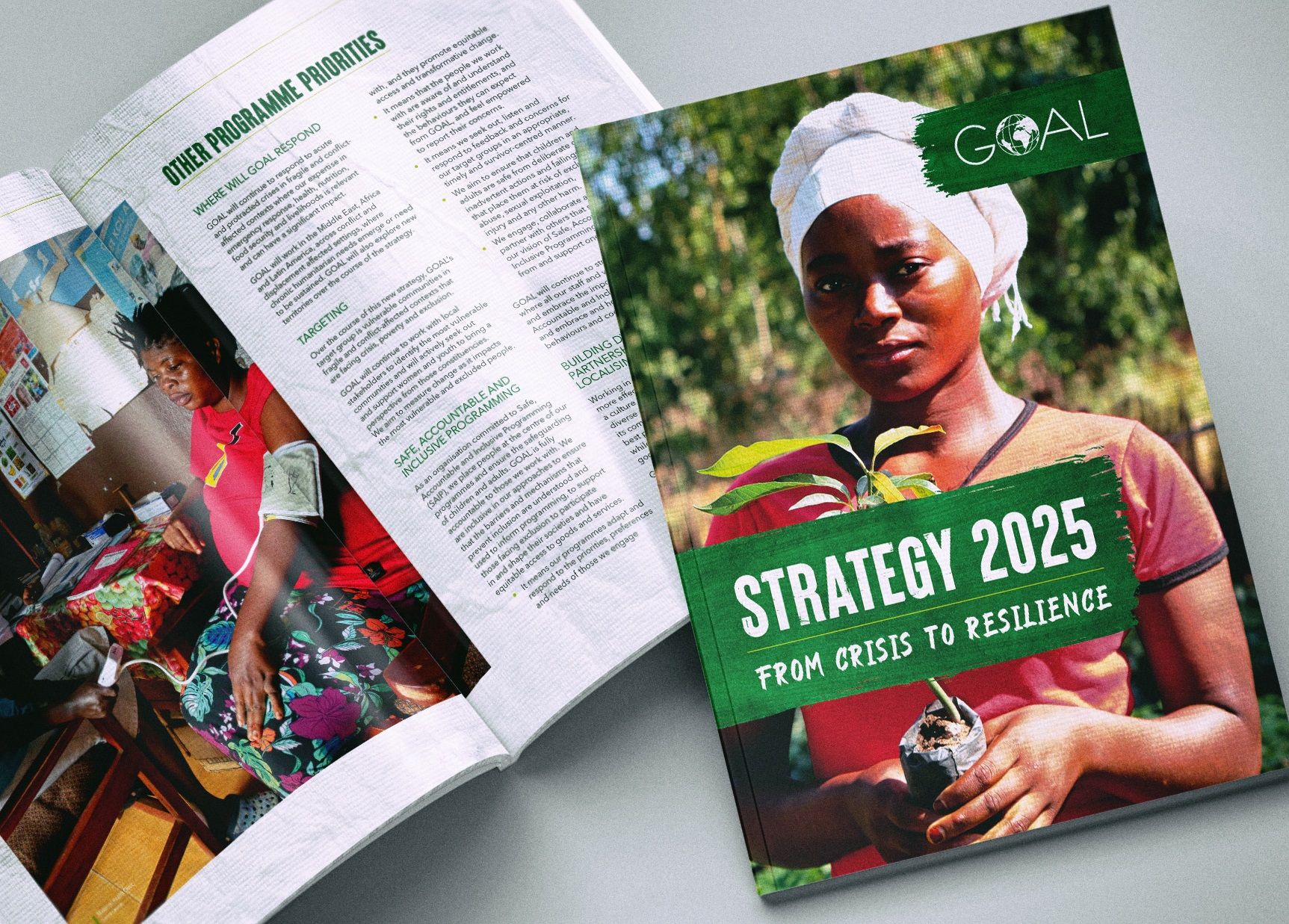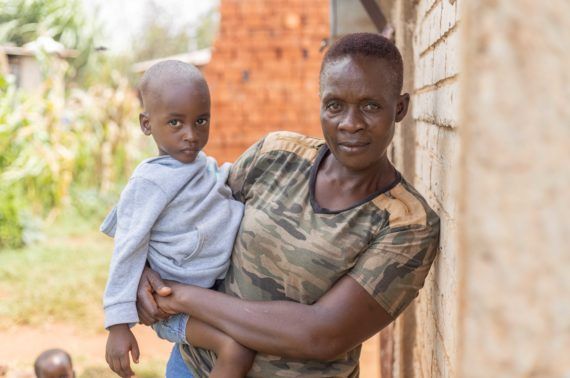Why this goal?
Globally, nearly 800 million people do not have enough food to meet their basic nutritional needs. Demand is rising.
Set against a background of population growth, conflict, migration and climate change, it is more important than ever to find innovative and sustainable ways to help vulnerable communities achieve food and nutrition security.
Mobilising an integrated response
The global community increasingly acknowledge that food and nutrition security play a critical role in development and must be addressed together.
Food security is one of the key underlying determinants of good nutrition, focused primarily on the availability of food, economic and physical access to food, and the stability of food supplies. Nutrition security comes from having an adequate supply of diverse food, as well as a range of additional factors, including: access to safe water, health services, care and hygiene practices, and the role of women in decision-making at community level. Investing in smallholder farmers and fishers is an important way to increase food and nutrition security in vulnerable communities, as well as providing food for local and global markets.

How will GOAL achieve this?
GOAL’s work in Food & Nutrition Security focuses on improved subsistence production, better commercial production (linked to market access and the availability of nutritionally diverse products) and the consumption of an adequate diet by all. We plan to mobilise this by:
- Identifying the risks, gaps and permanent actors in relevant systems including market systems, financial services and food production.
- Promoting food security and livelihoods in the aquaculture/agriculture sectors.
- Partnering with climate-smart actors to ensure agriculture/aquaculture practices and strategies of vulnerable communities are tailored to the demands of a changing climate.
- Linking producers and communities with informal and formal financial services.
- Working with Micro, Small & Medium Enterprises (MSME), with a focus on women and youth, to sustainably increase the scale of climate-smart food production and linkages to market.
- Establishing and supporting the operationalisation of early warning response and social protection systems.
- Identifying root causes of food and nutrition insecurity of vulnerable communities.
- Increasing the resilience of households to food insecurity and malnutrition by improving knowledge and practice of food processing, preservation and storage techniques.
- Creating an enabling environment for understanding of and addressing malnutrition through appropriate care and feeding practices at community level.
- Collaborating with key stakeholders to influence local and national policies and regulations that will enhance food and nutrition security.
GOAL & the Blue Economy
Over three billion people depend on marine and coastal biodiversity for their livelihoods, and marine fisheries directly or indirectly employ over 200 million people. The fisheries and aquaculture sector are a vital source of livelihoods, nutritious food and economic opportunities, and play a key role in meeting one of the world’s greatest challenges: feeding a population set to rise to 9.6 billion people by 2050.
Today, fishing communities are being devastated by climate change, rising sea levels and ocean warming. A myriad of challenges, including poor resource management and inadequate infrastructure, are preventing small-scale fisheries from tapping into the Blue Economy's full potential.
Using a Local Systems Approach, GOAL's Blue Economy programming is transforming small-scale fisheries in Honduras and Sierra Leone into climate-smart, resilient food systems - ones that can provide economic, food, and nutrition security for years to come.
Stories: Food & Nutrition Security in action

Ensuring access to food for the most vulnerable
Food security is one of the key underlying determinants of good nutrition, focused primarily on the availability of food, the economic and physical access to food, and the stability of food supply.
GOAL’s work to strengthen people’s food and nutrition security will be achieved through improved subsistence production, improved commercial production and improved consumption of an adequate diet by all.


